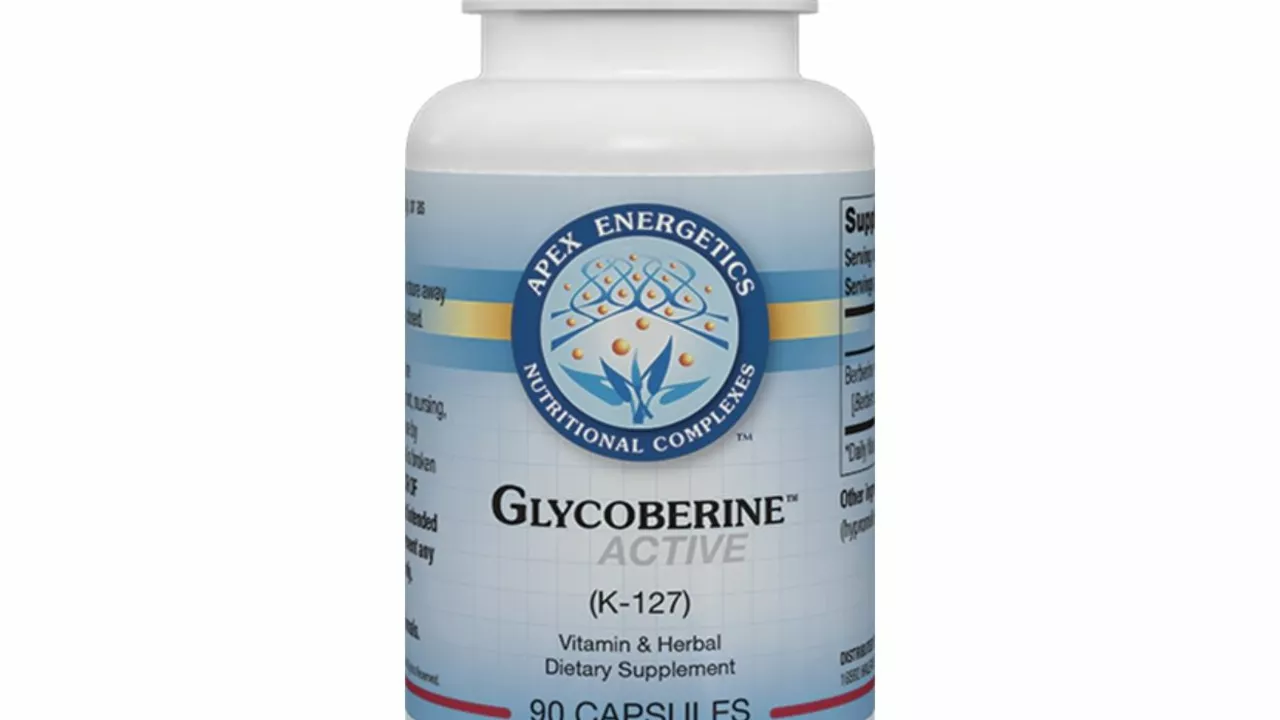Perilla (shiso): what it is and why people use it
Perilla, often called shiso in Japan, is a leafy herb used in Asian cooking and traditional remedies. You’ve probably tasted it as a garnish or eaten it in sushi without thinking much about its effects. Beyond flavor, perilla leaves and oil contain compounds like rosmarinic acid and alpha-linolenic acid (ALA) that may help inflammation and mild allergy symptoms.
If you’re curious about natural support for seasonal sniffles, mild digestive upset, or adding a plant-based source of omega-3s to your diet, perilla is worth a look. It’s not a miracle cure, but several small studies and lab experiments suggest real biological activity—especially around allergic responses and inflammation.
How people use perilla and what it might help
Culinary use is the simplest way to get perilla: fresh leaves in salads, pickled, or as a wrap. Perilla oil is a concentrated option, usable in dressings or taken as a supplement. Standard supplement forms include softgels, liquid oil, and dried-leaf extracts standardized for rosmarinic acid.
What can it do? Evidence points to a few modest benefits: a) Mild allergy relief — some trials from East Asia reported reduced sneezing and less nasal congestion with perilla extract; b) Anti-inflammatory effects — rosmarinic acid and flavonoids in perilla can dial down inflammatory signals in lab studies; c) Heart-friendly nutrients — perilla oil contains ALA, a plant omega-3 that can support triglyceride levels when used in place of saturated fats.
Use it as food first. If you try supplements, pick a reputable brand and follow the label. People often combine perilla oil with other health fats (olive oil, fatty fish) rather than expecting it to replace medical treatment.
Safety, interactions, and practical buying tips
Perilla is generally safe when eaten as food. With supplements, watch for a few things: if you take blood thinners (warfarin, apixaban, etc.), check with your doctor — added omega-3s can slightly increase bleeding risk. Allergies to plants in the mint family are rare but possible, so stop use if you get a rash or breathing trouble.
Avoid large experimental doses during pregnancy or breastfeeding unless a provider says otherwise. Also, animal studies show some compounds in perilla can be toxic in high amounts; stick to recommended doses and culinary servings.
Buying tips: look for third-party testing, clear ingredient lists, and a stated amount of active compounds (like rosmarinic acid) if the product is an extract. Prefer cold-pressed perilla oil in dark bottles to reduce rancidity. If you want allergy support, try a short trial (2–4 weeks) and track symptoms; if nothing improves, don’t keep spending money.
Have other meds or a chronic condition? Ask your clinician. Perilla can be a handy culinary ingredient and a gentle supplement option, but it shouldn’t replace prescribed treatments for serious conditions.
Get the Perilla Advantage: The Dietary Supplement That Delivers Results
In my latest blog post, I delve into the numerous benefits of Perilla, a dietary supplement that's garnering attention for its impressive results. Derived from the plant Perilla frutescens, this supplement is packed with health benefits, from anti-inflammatory properties to potential cancer-fighting agents. Studies have shown that it can improve cardiovascular health, boost immunity, and even reduce anxiety. It's a natural, potent supplement that can help you maintain overall well-being. Check out the post to discover how you can incorporate the Perilla advantage into your daily health regimen.

